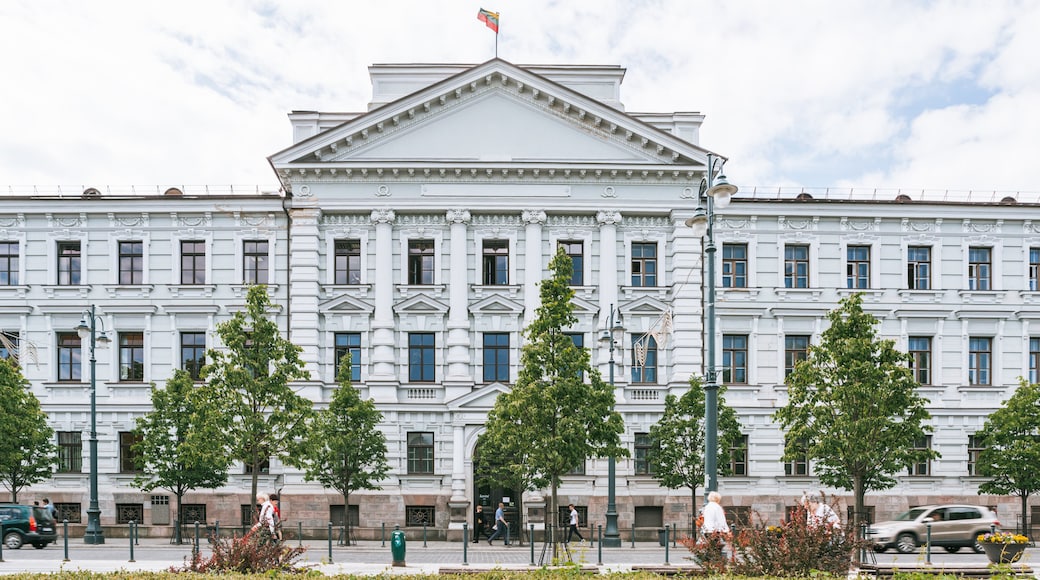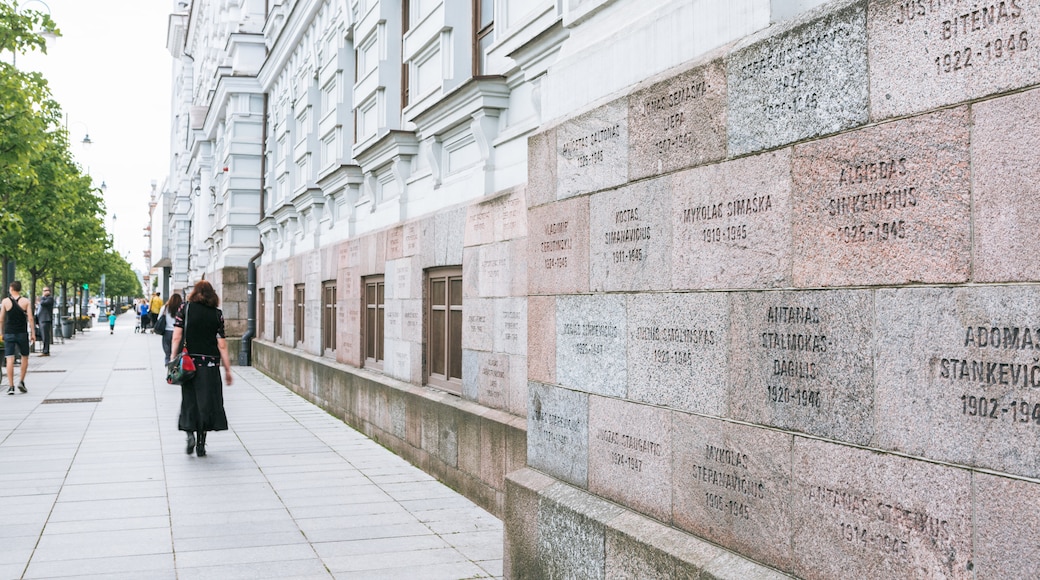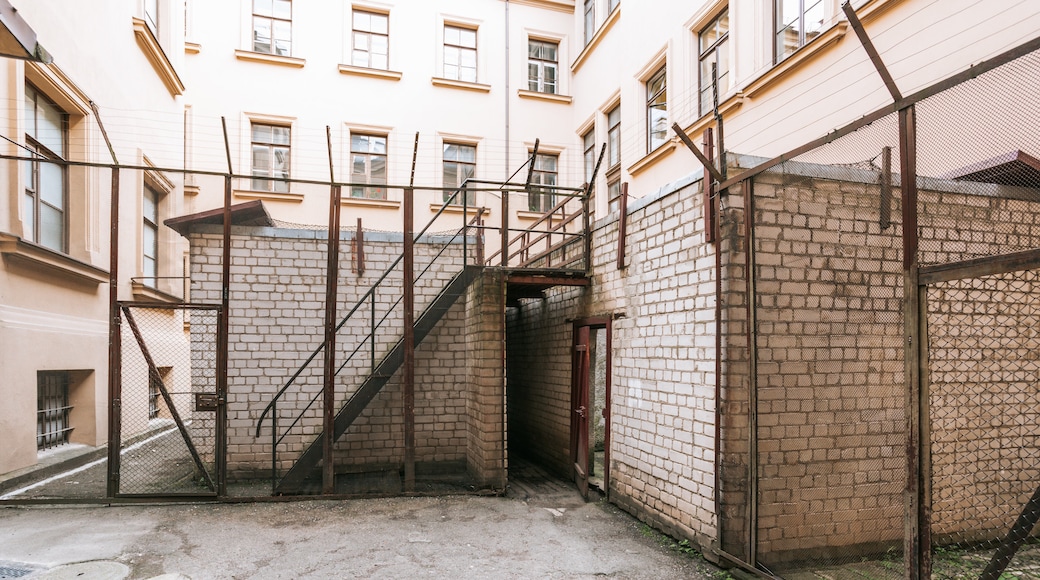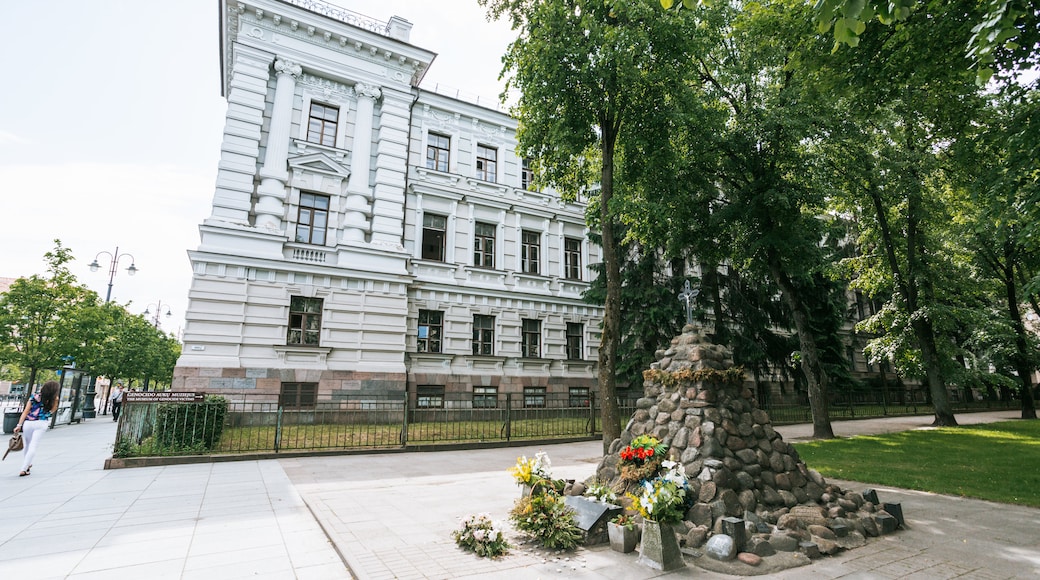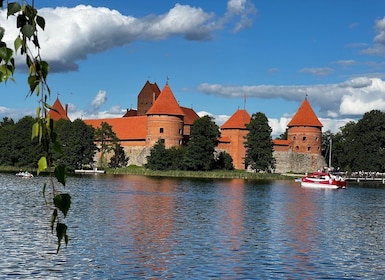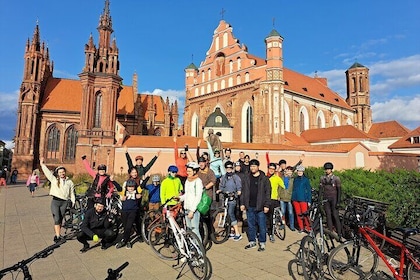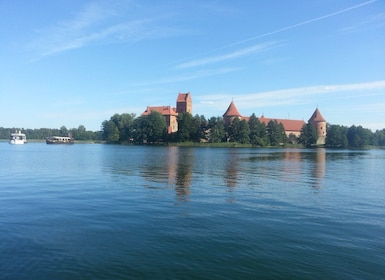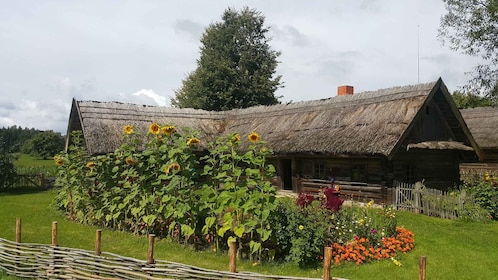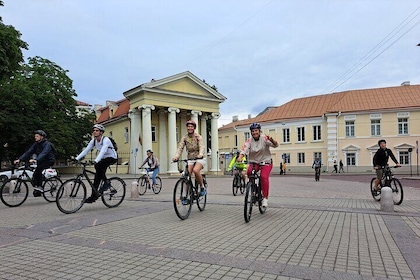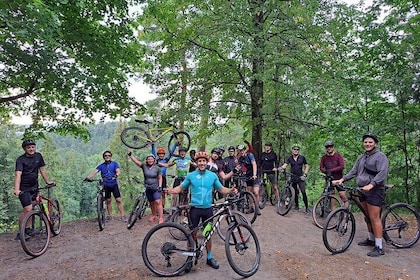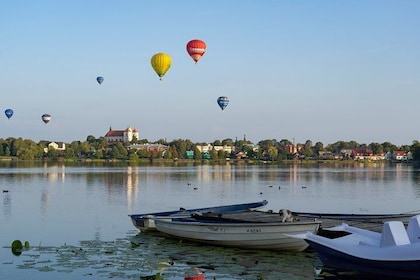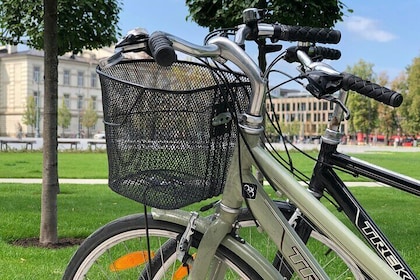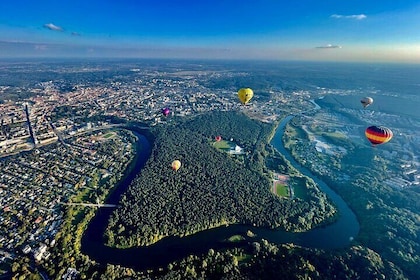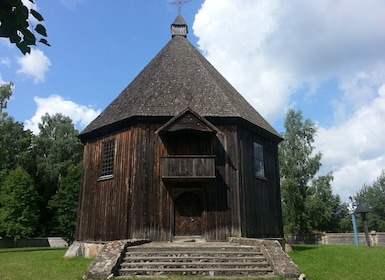Learn about the devastating impact the KGB had on the fight for Lithuanian independence during Soviet occupation at this former prison.
The Museum of Genocide Victims is dedicated to the tragedies and turmoil in Lithuania during the Soviet Union’s 50-year occupation of the country. Housed in a former headquarters building of the KGB, the Museum of Genocide Victims collects and displays documents, artifacts and original prison cells used by the Soviet regime. Explore this vast and poignant museum to learn about Lithuania’s fascinating history during the Nazi occupation, the implementation of Soviet powers and the role of freedom fighters in the country’s resistance.
Enter the imposing building to find three floors of historical and political exhibitions. The structure was built in 1899 as a court building, when Lithuania was part of the Russian empire. Throughout the invasions and occupations of World War I and II, the building was used by the German Empire, the Lithuanian Army, the Gestapo and the KGB. Head downstairs to the basement level to see the prison, preserved as it was left by KGB guards in 1991. This level features exhibits within the cells and details the interrogation, torture and solitary confinement of freedom fighters and dissidents. Over 1,000 people were executed here, about a third for resisting the occupation.
Explore an exhibit honoring the victims of the Holocaust in Lithuania during Nazi occupation. Through original photographs and captivating displays, you’ll learn about the history of the Vilnius ghetto and mass murder in Paneriei.
Walk to a hall devoted to Lithuania’s political prisoners. See documentary material explaining the Soviet penal system and its hard labor camps. Learn about the role of the KGB as the political police of the Soviet Union and see original listening equipment and bugged furniture.
Finally, you’ll reach the exhibit dedicated to the resistance movements that occurred from 1954 to 1991. Find out about the Singing Revolution, which was instrumental in Lithuania’s re-establishment of independence.
The museum is located west of Vilnius’ Old Town. Admission includes access to the museum’s touring exhibitions. Pick up brochures and audio guides available in English. Join tours in several different languages for an additional fee. The museum is closed on Mondays, Tuesdays and public holidays.
